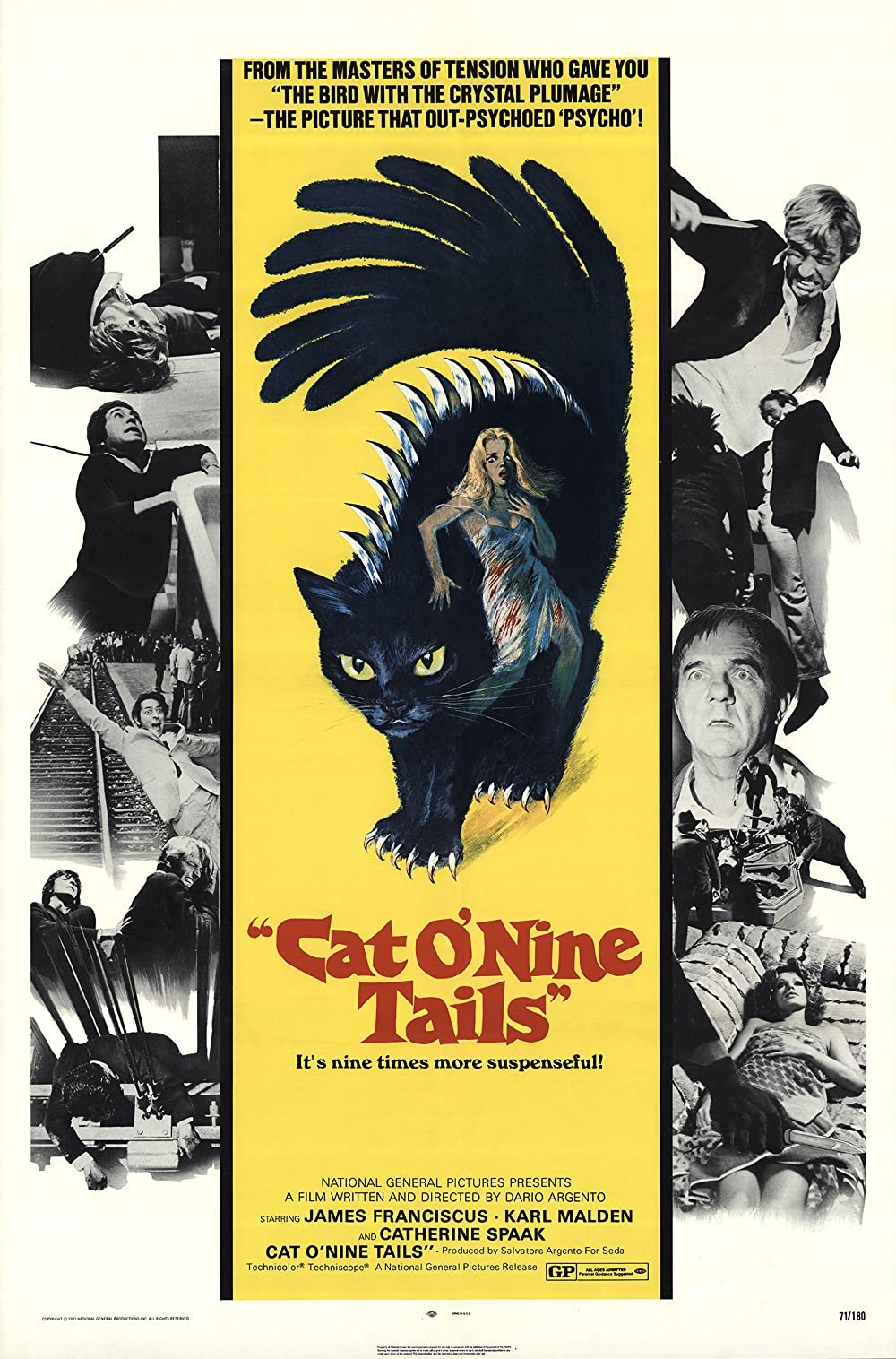
Ophelia by the Yard
Cobwebbed passages and wax-encrusted candelabra, dungeons festooned with wrist manacles, an iron maiden in every niche, carpets of dry ice fog, dead twig forests, painted hilltop castles, secret doorways through fireplaces or behind beds (both portals of hot passion), crypts, gloomy servants, cracking thunder and flashes of lightning, inexplicably tinted light sources, candles impossibly casting their own shadows, rubber bats on wires, grand staircases, long dining tables, huge doors with prodigiously pendulous knockers to rival anything in Hollywood.
Here was the precise moment — and it was nothing if not inevitable — when the darkness of horror film, both visible and inherent, leapt from the gothic toy box now joined by a no less disconcerting array of color. The best, brightest, sweetest, and most dazzling red-blooded palette that journeyman Italian cinematographers could coax from those tired cameras. Color, both its commercial necessity as well as all it promised the eye, would hereafter re-imagine the genre’s possibilities, in Italy and, gradually, everywhere else.

Poe in Cinema/Poe as Cinema
Georges Rivière is haughty. Like he smelled something bad. The script?
Here, in 1964’s Castle of Blood, playing a penurious dandy silly enough to spend the night in a haunted castle on a bet, Rivière seems to think aloofness will be all the protection he needs. It won’t be! Indeed, only one thing can save the film’s leading man from the visual shibboleths of a dying genre, and that’s the cameraman.
Camera artisan Riccardo Pallottini, playing savior and tormentor, coaxes Rivière onward while punishing his progress. Nobody would be more surprised than the late Signore Pallottini himself hearing his cinematography praised as “experimental”. And yet, this is Gothic Horror’s greatest master shot — a case of push and pull, whose tension and elasticity continue to create rebounding space 114 years after its creator’s birth: so praise it I shall.
With ace cameramen, point-of-view becomes a more problematic concept, as when George O'Brien wanders glazed through F.W. Murnau’s swamp in Sunrise. There, the camera sometimes recedes from the hero’s advance, sometimes lets him pass and follows him, sometimes loses him altogether to rediscover him later. While Castle of Blood’s cliches would seem to be the thumpingly obvious point — a door’s creaking swing illuminates a wall bristling with harnesses and cartwheels… zoom in as a black kitten abandons its lair in a piece of spangly lacework… an organ wheezes as the hero’s sputtering candle casts the impossible shadow of itself on the crumbling masonry — those same hackneyed moments synthesize utterly unexpectedly into cinema pur.

